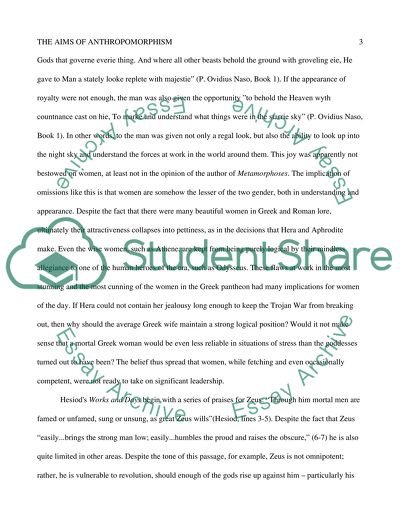Cite this document
(“The Aim of Anthropomorphism Assignment Example | Topics and Well Written Essays - 1500 words”, n.d.)
Retrieved from https://studentshare.org/literature/1452487-classical-myth
Retrieved from https://studentshare.org/literature/1452487-classical-myth
(The Aim of Anthropomorphism Assignment Example | Topics and Well Written Essays - 1500 Words)
https://studentshare.org/literature/1452487-classical-myth.
https://studentshare.org/literature/1452487-classical-myth.
“The Aim of Anthropomorphism Assignment Example | Topics and Well Written Essays - 1500 Words”, n.d. https://studentshare.org/literature/1452487-classical-myth.


